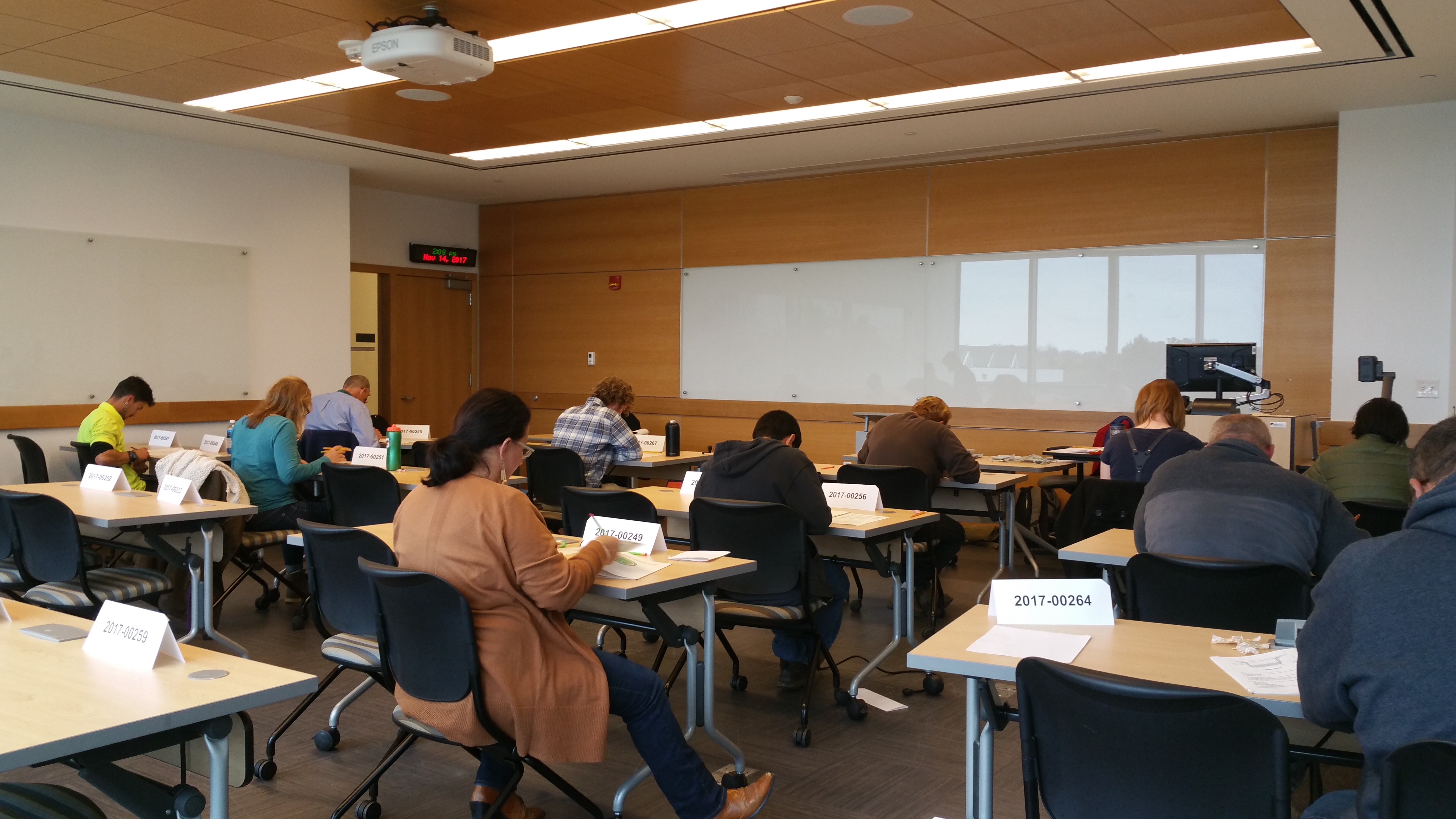In suburban areas, bioretention is becoming a common best management practice (BMP) for stormwater because it is cost-effective, as well as highly effective at reducing volume and removing pollutants.
Other BMPs can be combined to effectively remove pollutants, but bioretention cells (BRCs) can be designed to incorporate a variety of pollutant removal mechanisms — from filtration to adsorption. “Bioretention is, in its own right, a series of pollutant removal mechanisms,” Hunt said.
Between 2010 and 2011, the International BMP Database released performance summaries for bacteria, volume reduction, nutrients, solids and metals, with a major update to be released this month. Of the BMP categories analyzed, BRCs provided the best volume reduction performance, especially for small storm events. On average, BRCs reduced runoff volume by approximately 55% using underdrains and by nearly 90% without underdrains. Volume reduction estimates are based on the fraction of total monitored inflow volume that did not discharge from the BRCs in the studies analyzed.
Studies show bioretention to be effective at reducing sediment and nutrients. To effectively remove nitrate and nitrite, a BRC must include an anoxic zone by retaining water in the soil matrix for a sufficient time. Most phosphorus, however, is bound to sediments, so bioretention can be highly effective at removing phosphorus through sedimentation and filtration, given proper media specifications. According to BMP Database performance summaries, bioretention removes total suspended solids with efficiencies similar to media filters and wetland basins, but bioretention provides the added benefit of volume reduction.
The BMP Database metals performance summary showed that bioretention is effective at removing such metals as cadmium, copper, and zinc. Studies by Allen Davis, a professor of civil and environmental engineering at the University of Maryland, have also shown very high removal rates for copper, zinc, and lead. Bioretention media can also be engineered to target specific pollutants in certain industrial settings, according to Eric Strecker, co-principal investigator for the BMP Database.
“Water leaving a BRC is about as clean as you can imagine, having passed over urban surfaces,” said Hunt, regarding his research in North Carolina. Comparisons show that it matches water quality found in streams supporting healthy benthic communities.
However, “BRCs are somewhat fragile practices,” Hunt said. They will not deliver their potential benefits if clogged, which will likely happen if not properly maintained or located in a watershed experiencing high rates of erosion.
Economics also favors bioretention in suburban areas. “The free market has led to bioretention being the most commonly implemented practice in the Mid-Atlantic,” Hunt said. It is particularly attractive at commercial facilities where it meets landscape requirements and stormwater needs simultaneously and in states that force or incentivize nutrient export limits in new construction and redevelopment, he said.
Cost and performance data are important to share with regulators and designers, so they can make informed decisions regarding stormwater treatment, Hunt said. That is where the International BMP Database comes in. It also helps researchers determine the bounds of effectiveness for specific practices and compare local and national performance data.
The BMP Database provides performance information for many different stormwater BMPs in various land use settings.
This year, the International Stormwater BMP Database exceeded 500 performance studies and has become easier than ever to use. The site has added several new features, including an interactive BMP mapping tool and online statistical analysis feature (beta version). Additionally, the Water Environment Research Foundation is leading efforts to incorporate more Chesapeake Bay data and an expansion of the database to include agricultural BMPs.





